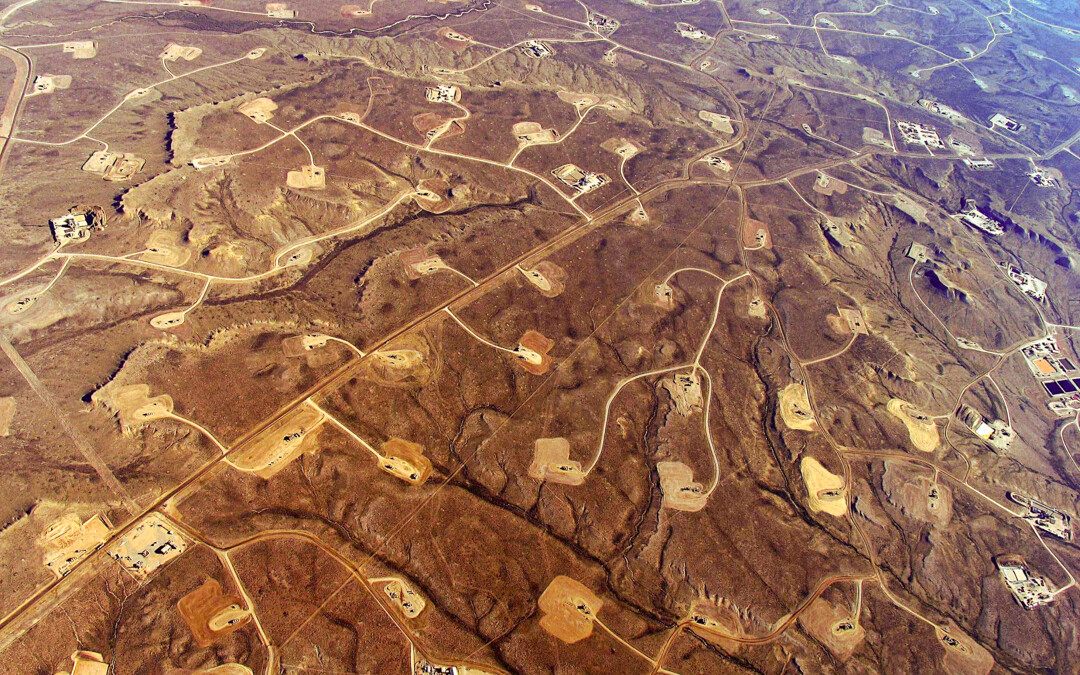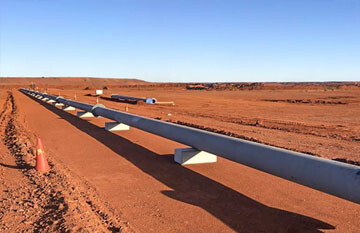Hydraulic fracturing (fracking) requires vast amounts of frac sand. Fracking operations use up to 10,000 tonnes of frac sand per well, and all of that sand has to be transported from the sand mine to the well pad.
This is usually done using trucks. Hundreds of trucks make the trip between the mine and the well pad every day.
Miners of other commodities like iron ore, copper, and gold use slurry pipelines to transport slurry and concentrates over long distances.
We know that truck fleets are expensive to operate and have severe safety and environmental downsides. So, why isn’t the frac sand industry taking pipelines seriously as a transport method?
The problem with truck transport
Trucks are widely used for a reason: they are easy to mobilise and can be scaled up or down to suit demand.
However, they‘re expensive to operate and maintain.
Truck transport is extremely labour-intensive and finding skilled drivers in a tight labour market is difficult and expensive.
Truck transport has another major downside. Safety. Road accidents and frac sand spillage pose a risk to drivers and the community and expose frac sand operators to legal and regulatory risks.
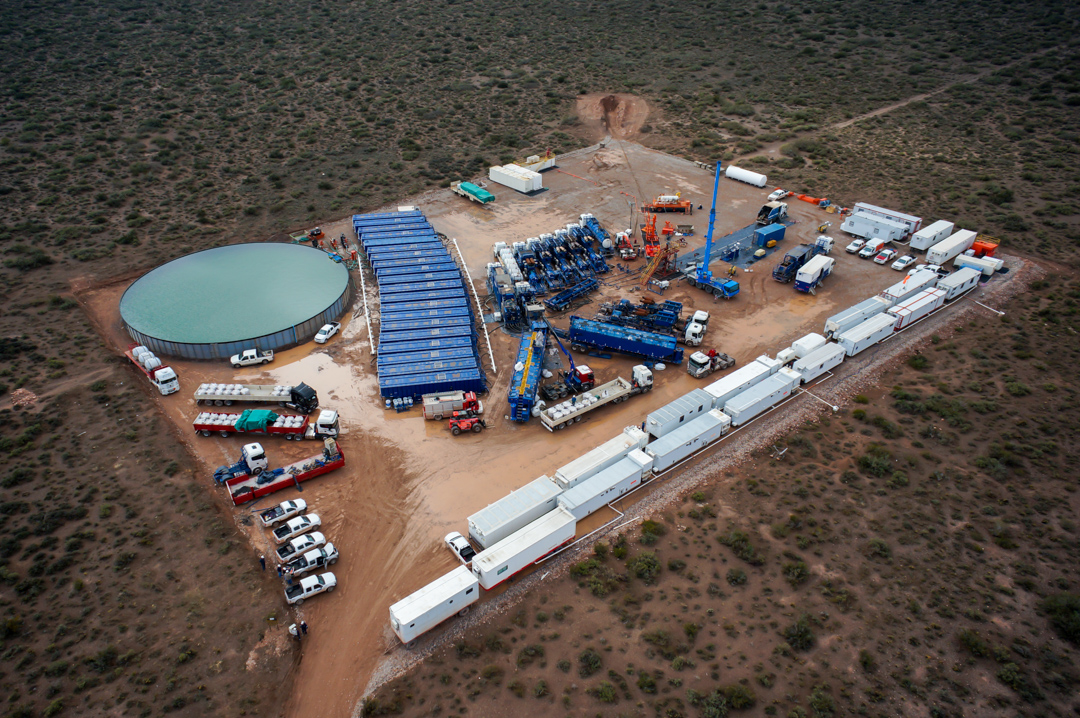
Pipelines make clear financial sense
Pipelines have two huge financial advantages:
- Maintenance. When designed correctly, they should be maintenance free.
- Operational Life. Well-made pipelines last decades so the total cost of ownership is relatively low.
For abrasive media like iron ore slurry, a well-made polyurethane lined pipeline will last at least 20 years. Frac sands are far less abrasive than iron ore, so we’d expect a frac sands pipeline to last at least 25-30 years or more.
We ran the numbers to see what this would look like in practice. For a hypothetical project, we modelled the approximate transport costs of trucks compared to a pipeline over a 50 mile distance.
| Trucks | Pipelines | $ Savings | % Savings | |
|---|---|---|---|---|
| Costs per Ton | $66/t | $48/t | $18/t | 27% |
The numbers clearly show that pipelines have a much lower operating cost per ton of frac sands. We estimate that a pipeline of this size could reduce transport costs by up to $35-80 million annually because of its lower cost of total ownership.
A pipeline of this length would take up to 600 trucks off the road every day. Labour costs and maintenance make up a large portion of the cost savings. A well designed slurry pipeline requires minimal maintenance which eliminates ongoing labour costs.
Pipelines reduce operational risk
Truck driving is a dangerous job. Long days, difficult driving conditions, and human error cause accidents and fatalities, leaving operators liable for damages.
Crystalline silica is a known carcinogen with strict regulations around its handling and transportation. There are recent examples of frac sand miners being hit with large fines for unsafe silica dust management.
By comparison, properly designed and installed pipelines create very few safety and environmental risks.
When you transfer the frac sands in a pipeline, it is transported as a slurry mixed with water to a drying-out facility near the well pads.
The example pipeline above would take up to 600 trucks of the road each day. 600 less chances of accidents, driver fatigue and dust exposure.
Fracking companies could improve their ESG performance by transitioning to pipelines. They are cleaner and more sustainable than road transport. Slurry pipelines are easier to run using grid power energy and use less energy compared to trucks.
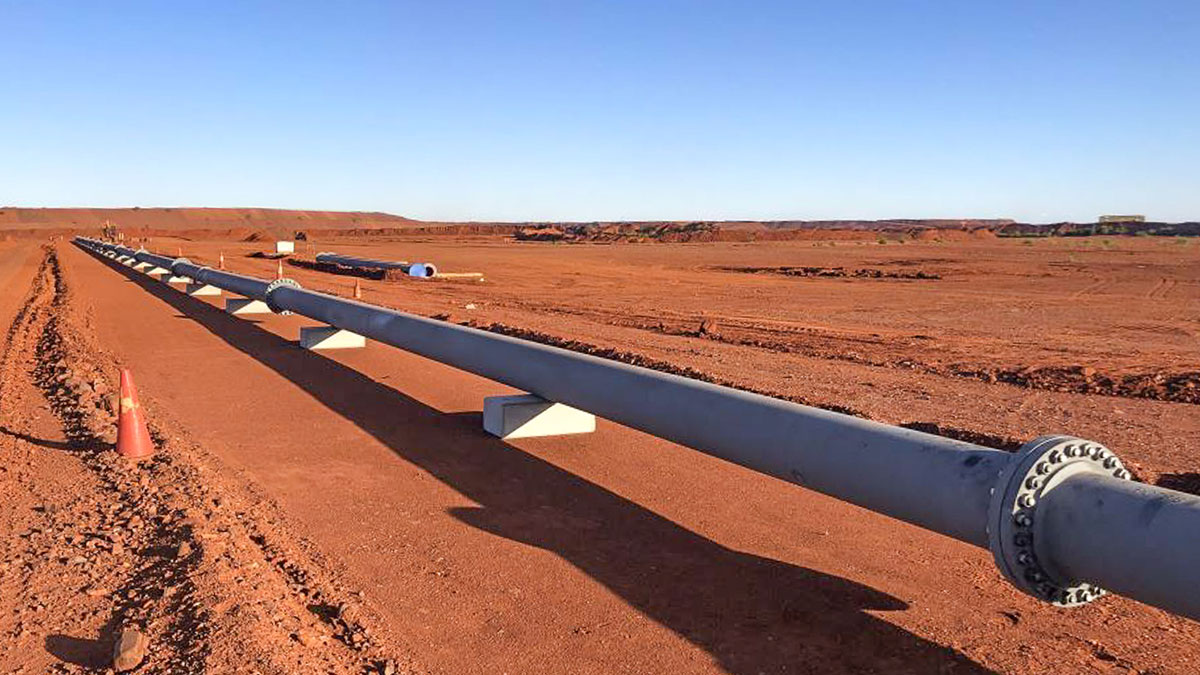
Pipelines are widely used across the mining industry
Pipelines are a safe, cost effective transport option used widely by mining companies around the globe. It’s a proven approach.
Recent advances in design and manufacturing mean that a modern polyurethane lined pipeline can now last 25+ years.
In the United States, pipelines have been used for oil sands transport for 40 years. In Australia, mineral deposits are often a few hundred kilometres away from shipping ports. Here, pipelines are widely used to transport mineral slurry from the mine site direct to the port.
Oil sands and minerals transport have similar financial and operational factors to frac sands transport. Since oil sands and mineral industries already use pipelines widely, it makes sense to think about using pipelines for moving frac sands too.
In conclusion
Pipelines have lower operating costs and reduce the risk of transport; that’s why they are so widely used in other industries.
In the past 5 years we’ve worked with top tier miners to build 12 slurry pipelines. If you’re considering pipelines for frac sand, talk to us for specialist advice and specification help.
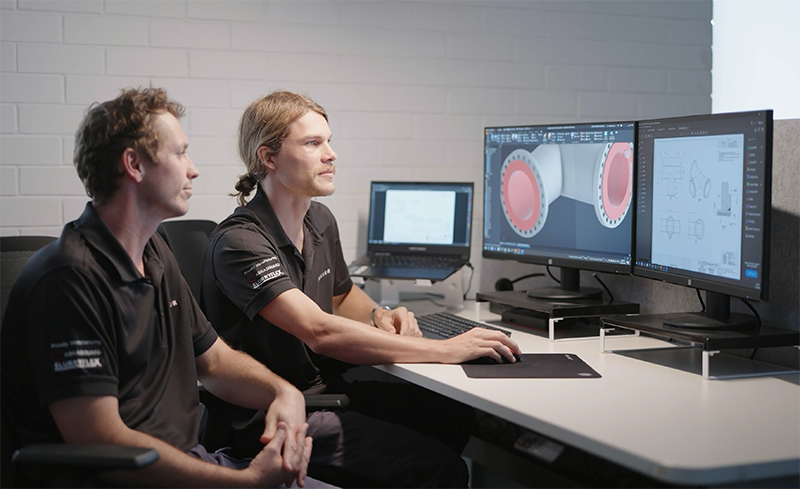
Talk to us for specialist advice and pipeline specification help
Get in touch to setup a call with our pipeline specialists. We'll give you clear recommendations and advice to help you with your frac sands pipeline specification, so you can confidently design a pipeline that lasts.
"*" indicates required fields








